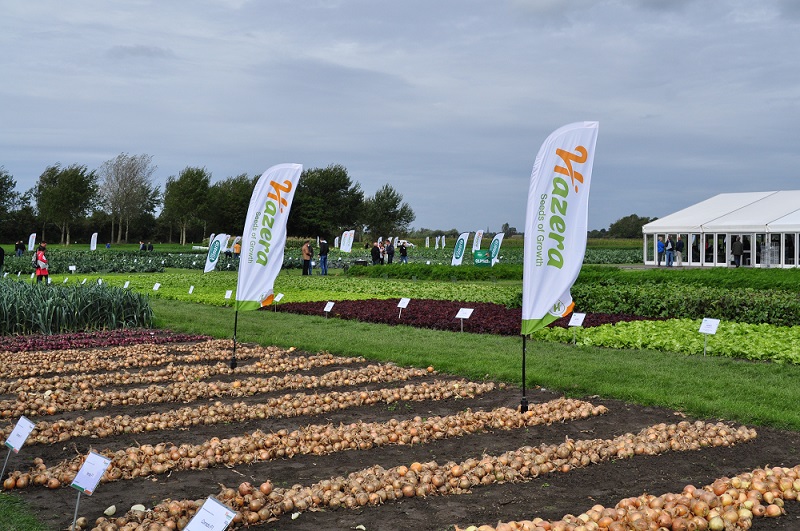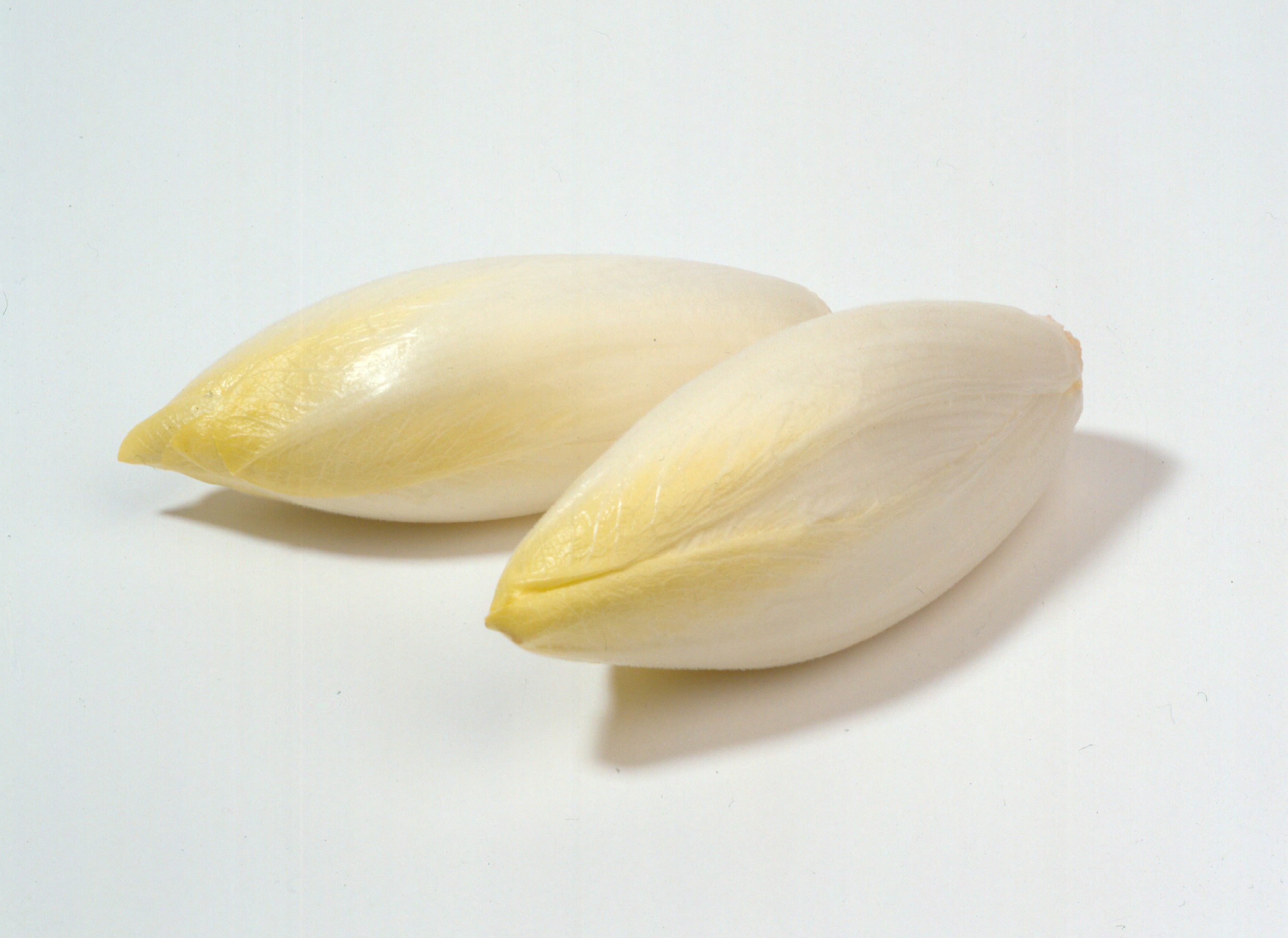Skip to content
Very suitable for small packing.
- Medium-early to late variety for harvesting/cutting from early December to late February.
- Very good, uniform pen yield.
- Short-bellied and very closed head shape with a deep yellow, shiny color.
- Flexible variety with a very homogeneous shape and excellent head quality.
- Nice presentation and very suitable for small packaging.
Recommended sowing rate: Vilseed 300,000-350,000 seeds/ha; Vilrob 280,000-330,000 pills/ha; Natural choice 300,000-350,000 seeds/ha.
Recommended pen crop: 160-170 growing days.
Root harvest: 3rd week of October – 4th week of November.
Chicory harvest: 1st week December – 4th week February.
print
Legal terms
Attention: This information and any complementary/other verbal or written information that may be given on behalf of Hazera, present average results of specific trials; these are neither exhaustive nor necessarily accurate and may not be regarded as advice, guidance, recommendation, representation or warranty. Sowing times and growing areas are indicative only. Pictures are illustrative only. The sale & use of seeds are subject to the terms and conditions appearing collectively on seed packages and in catalogues and/or at: http://www.hazera.com/terms-and-conditions. E&OE. © 2025 Hazera. All rights reserved.
For tomatoes:
* Resistant varieties may exhibit some disease symptoms or damage under heavy pest pressure and/or under adverse environmental conditions and/or in the face of new biotypes, pathotypes, races or strains of the pest that may emerge. Soil temperature above 27°C and other stresses may cause nematode resistance to break.
** Please refer to the ISF definitions at https://worldseed.org/wp-content/uploads/2022/11/Definition_on_reaction_plants_to_pests_2022_final_clean2.pdf
A copy of the definitions for terms describing reactions of plants to pests for the Vegetable Seed Industry, can be obtained at our offices upon demand.
For all other crops:
* Resistant varieties may exhibit some disease symptoms or damage under heavy pest pressure and/or under adverse environmental conditions and/or in the face of new biotypes, pathotypes, races or strains of the pest that may emerge.
** Please refer to the ISF definitions at https://worldseed.org/wp-content/uploads/2022/11/Definition_on_reaction_plants_to_pests_2022_final_clean2.pdf
A copy of the definitions for terms describing reactions of plants to pests for the Vegetable Seed Industry, can be obtained at our offices upon demand.
Very suitable for small packing.
- Medium-early to late variety for harvesting/cutting from early December to late February.
- Very good, uniform pen yield.
- Short-bellied and very closed head shape with a deep yellow, shiny color.
- Flexible variety with a very homogeneous shape and excellent head quality.
- Nice presentation and very suitable for small packaging.
Recommended sowing rate: Vilseed 300,000-350,000 seeds/ha; Vilrob 280,000-330,000 pills/ha; Natural choice 300,000-350,000 seeds/ha.
Recommended pen crop: 160-170 growing days.
Root harvest: 3rd week of October – 4th week of November.
Chicory harvest: 1st week December – 4th week February.
Legal terms
Attention: This information and any complementary/other verbal or written information that may be given on behalf of Hazera, present average results of specific trials; these are neither exhaustive nor necessarily accurate and may not be regarded as advice, guidance, recommendation, representation or warranty. Sowing times and growing areas are indicative only. Pictures are illustrative only. The sale & use of seeds are subject to the terms and conditions appearing collectively on seed packages and in catalogues and/or at: http://www.hazera.com/terms-and-conditions. E&OE. © 2025 Hazera. All rights reserved.
For tomatoes:
* Resistant varieties may exhibit some disease symptoms or damage under heavy pest pressure and/or under adverse environmental conditions and/or in the face of new biotypes, pathotypes, races or strains of the pest that may emerge. Soil temperature above 27°C and other stresses may cause nematode resistance to break.
** Please refer to the ISF definitions at https://worldseed.org/wp-content/uploads/2022/11/Definition_on_reaction_plants_to_pests_2022_final_clean2.pdf
A copy of the definitions for terms describing reactions of plants to pests for the Vegetable Seed Industry, can be obtained at our offices upon demand.
For all other crops:
* Resistant varieties may exhibit some disease symptoms or damage under heavy pest pressure and/or under adverse environmental conditions and/or in the face of new biotypes, pathotypes, races or strains of the pest that may emerge.
** Please refer to the ISF definitions at https://worldseed.org/wp-content/uploads/2022/11/Definition_on_reaction_plants_to_pests_2022_final_clean2.pdf
A copy of the definitions for terms describing reactions of plants to pests for the Vegetable Seed Industry, can be obtained at our offices upon demand.





